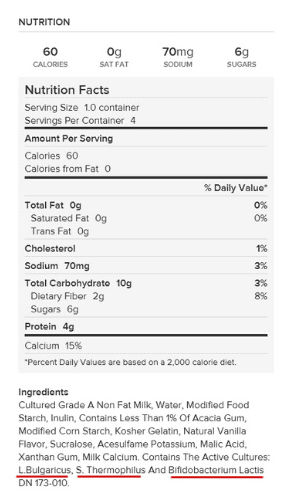Cultures such as the Europeans, Indians, and Japanese have been consuming probiotics as part of their native diet for centuries. It is only now that the scientific community is beginning to examine the range of benefits probiotic rich foods have for the body—particularly for gut health. In the science of Ayurveda, our gut is also considered to be the seat of digestive fire, or agni. Ayurveda places a lot of importance on the role of agni in controlling vital functions of the body and the metabolism. Intake of probiotics can help aid life-supporting agni.
Treatment and Prevention of Diseases
Intake of probiotics has shown promising results in treatment of ulcers, digestive disorders, urinary infections, and vaginal diseases, as well as
- Diarrhea
- Piles
- Ulcers (colitis)
- IBS or irritable bowel syndrome
- Vaginosis
- Urinary tract infections
- Digestive tract ulcers and infections
- Pouchitis
- Diseases in children
- Relapse in bladder cancer
- Digestive Health
Bouts of diarrhea can leave us feeling exhausted, nauseated, dehydrated, and weak. Research has shown a strong correlation between probiotics and treatment of diarrhea. Controlled trials have proven that particular probiotic strain Lactobacillus GG can reduce the duration of diarrhea in babies and children. Probiotics have also shown to reduce diarrhea caused by antibiotics by 60%.
In cultures of the Indian subcontinent, when a child would fall sick with symptoms of Irritable Bowel Syndrome or any other digestive condition, mothers would feed them probiotic foods like yogurt or buttermilk to alleviate the symptoms. Because of the potential side effects and fears about the long-term complications of heavy antibiotic dosages, more people are giving probiotics a shot in treating these one-off digestive conditions. Apart from soothing the symptoms of IBS or irritable bowel syndrome, probiotics have been reportedly useful in treating the inflammation of the digestive tract and resulting abdominal pain, fatigue, weight loss, malnutrition, and severe diarrhea of Crohn’s Disease. Probiotics can also resist the recurrence of certain types of cancers. Scientists are probing further into these benefits and applications.
Urogenital Health
Probiotics have also been found to be useful in maintaining the microbiota in the intestinal tract and vaginal lining, which have very sensitive microbial ecosystems. The restorative value of probiotics can help deal with conditions like vaginosis, urinary tract infections, or yeast infections.



 There are two main species of bacteria that are categorized as probiotics—lactobacillus and bifidobacterium.
There are two main species of bacteria that are categorized as probiotics—lactobacillus and bifidobacterium.
